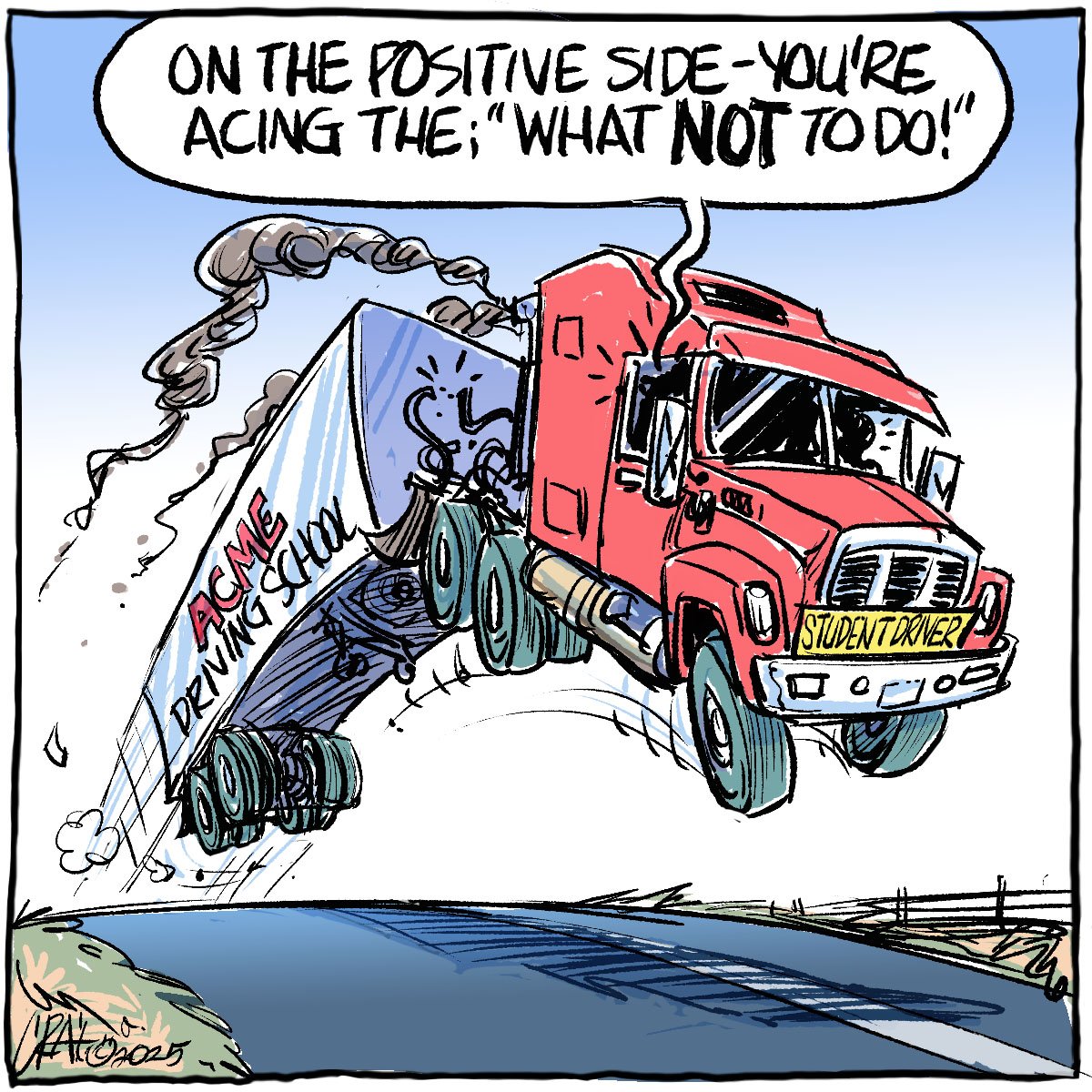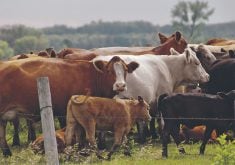Even accounting for rising input costs, higher grain prices this year may provide many farmers with more profits than in previous years.
As a result, it will be important to start considering the tax implications of the choices made with this additional income and the tax planning techniques that are available to help reduce current and future tax bills.
RRSP contribution
Although not new and exciting, Registered Retirement Savings Plans are important to consider. Contributing to an RRSP allows taxpayers to lower the taxable income they claim on their tax return. As a result, an RRSP contribution can offset an increase in income this year and reduce the current tax bill.
Read Also

Efforts to improve trucking safety must be applauded
The tragedy of the Humboldt Broncos bus crash prompted calls for renewed efforts to improve safety in the trucking industry, including national mandatory standards.
Income splitting
When operating a proprietorship or a corporation, it is important to consider income splitting between spouses or other family members at an appropriate level.
Income splitting allows taxpayers to spread their income over the lower tax brackets and will result in the income being taxed at a lower overall rate.
For example, if you had $60,000 of taxable income personally, you would have to pay tax of about $14,000, which would leave you with $46,000.
However, if you split the income with another person such as your spouse or child, each person would report $30,000 of income. The two of you would pay a combined tax of about $9,000, which would leave the family unit with $51,000.
TFSA contribution
The Tax Free Savings Account was created in the last federal budget and allows Canadian residents older than 18 to invest up to $5,000 a year, starting in 2009.
Unlike RRSP contributions, TFSA contributions will not be tax deductible.
However, the income, losses and gains on investment in the account, as well as amounts withdrawn, will not be taxable.
If you were contemplating putting some of your additional income into an investment such as a guaranteed investment certificate, you may want to consider purchasing the GIC in your TFSA, which will shelter the GIC interest from tax.
Pay down non-deductible debt
Another possibility is to use excess income to pay down personal debt such as car loans and home mortgages rather than farm debts.
The interest on these types of personal debt is normally not tax deductible, so you may want to pay them off before interest deductible debt, such as loans for buildings and equipment.
These ideas are only a few of the many possible tax planning strategies. Talk to your adviser about your specific tax planning needs.
Colin Miller is a chartered accountant and senior manager in KPMG’s tax practice in Lethbridge. His opinions do not necessarily reflect the views of The Western Producer. He can be reached at 403-380–5707 or by e-mail at colinmiller@kpmg.ca.














